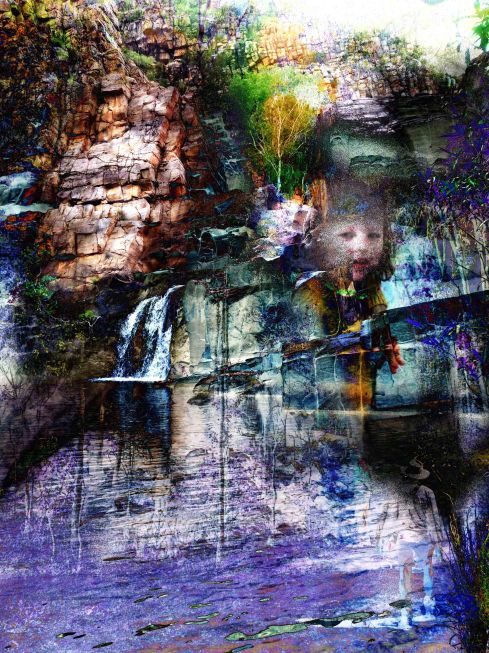
Sinuses and air pollution
I was asked recently by someone who is interested in that area to make one of my X-ray pictures using an X-ray of the sinuses. My pictures are usually based on a chest X-ray and I was initially inclined to disregard the suggestion, however it occurred that the sinuses and nasal airways are part of the respiratory system, and anyway, an X-ray of the sinuses is quite picturesque, if a little macabre.
The link in this picture is with sinusitis and diesel fumes, due to pollution from vehicles in cities. Air pollution associated with vehicle exhausts causes inflammation of the lungs, sinuses and airways and many thousands of deaths annually in highly populated areas. It is also associated with lung cancer and heart disease. Much of the pollution arising from vehicle exhaust is nitrogen dioxide and sooty particles. The problems that vehicle related particles causes have been studied according to their size. Exhaust gases are similar to the gases released by burning cigarettes in that they chemically damage the cilia of the airways. These are the tiny waving hair like structures on the mucosal surface that waft particles, foreign material, and mucus away so that they can be dealt with. When these stop working particles accumulate on the airways and physically damage the membranes. It was discovered that fine particles less than 2.5 micrometres can penetrate deep into the body, mainly by breathing, into the airways. Finer particles may even pass through the skin. Once inside the body they settle on the linings of the sinuses, airways, and the air-exchange surfaces of the lung where they cause inflammation and release of histamine. The smallest particles can pass into the blood stream where they cause blood thickening and increase the risk of brain strokes. The presence of fine particles of soot in the lungs damages the cells that attempt to repair themselves. This prolonged damage/repair sequence leads to errors in DNA production and can induce cancers.
I chose a well-taken frontal sinus X-ray of a de-identified person. I photographed the image from a viewing screen, and that gives an interesting raster to the final picture, almost like cross-hatching. In order to give further interest and colour I overlaid two automotive related photos. One of the side of a vehicle splattered with mud to give some detail and interest. Another, the sun-bleached paintwork on a car-wash machine provides a base colour against which the algorithms of the program can work – some lettering is present vaguely on the left side of the final image. A third photo of the coloured face of a piece of stone with multiple swirls gives pattern and further interacts with the base colour.
Tags: air pollution, diesel fumes, sinuses










